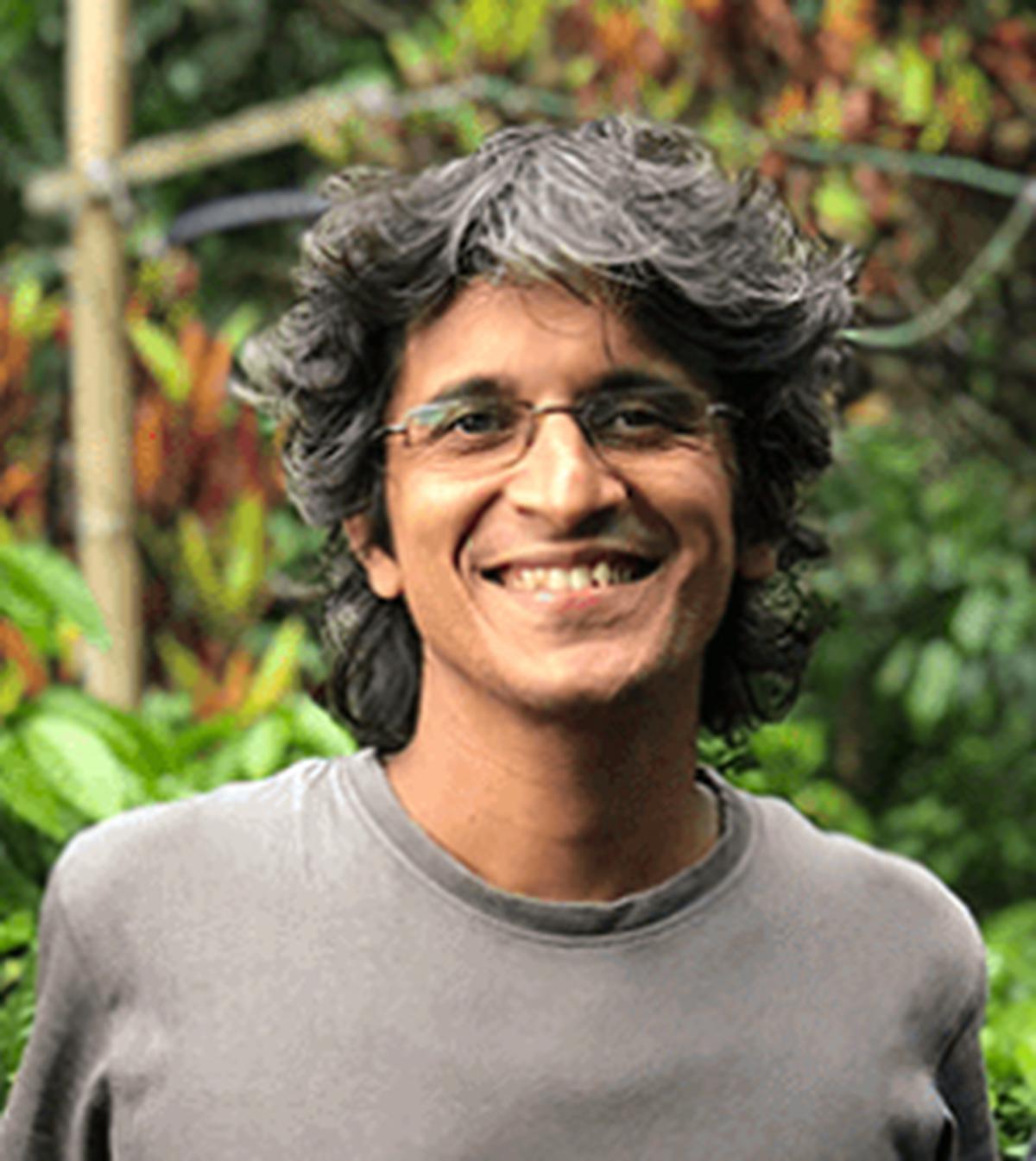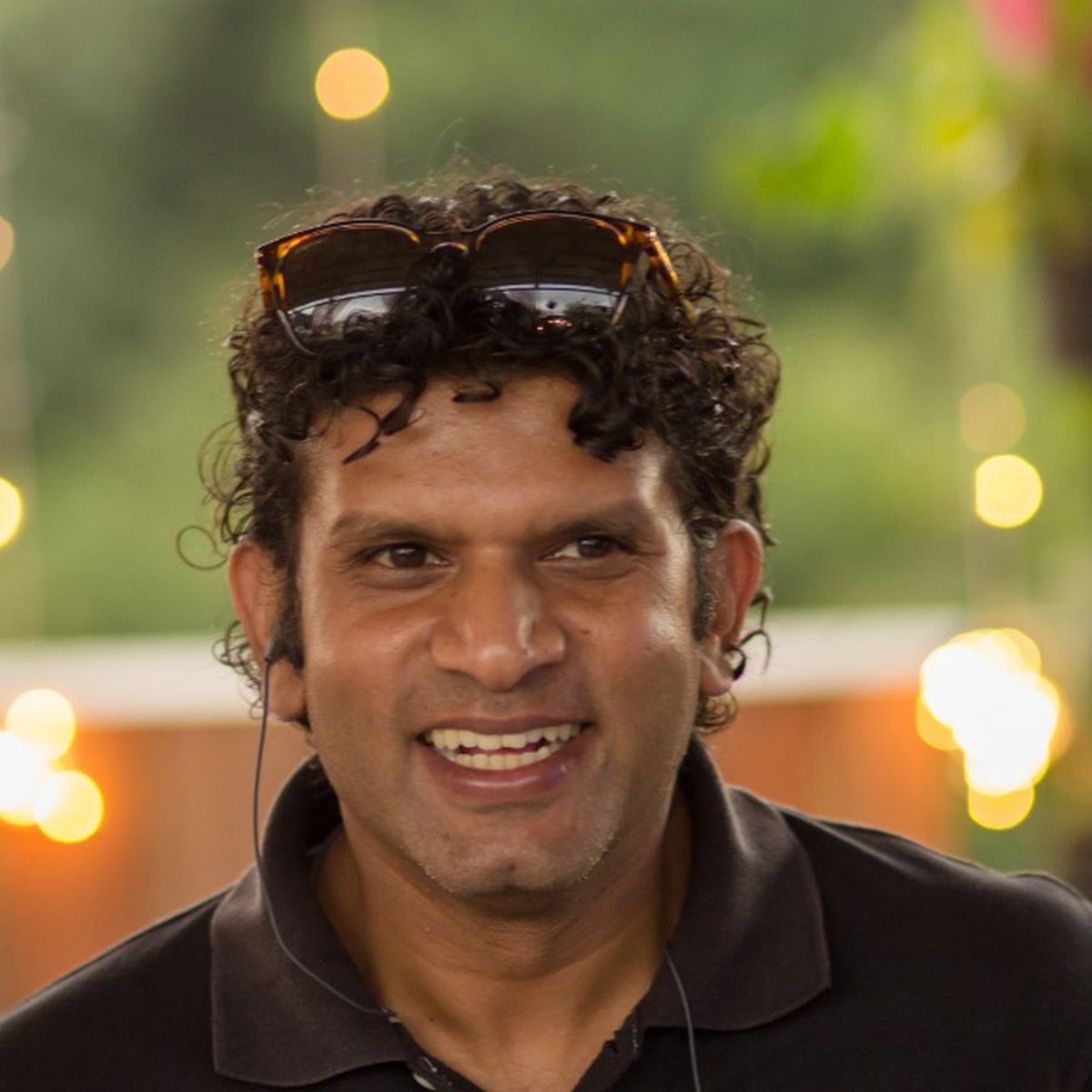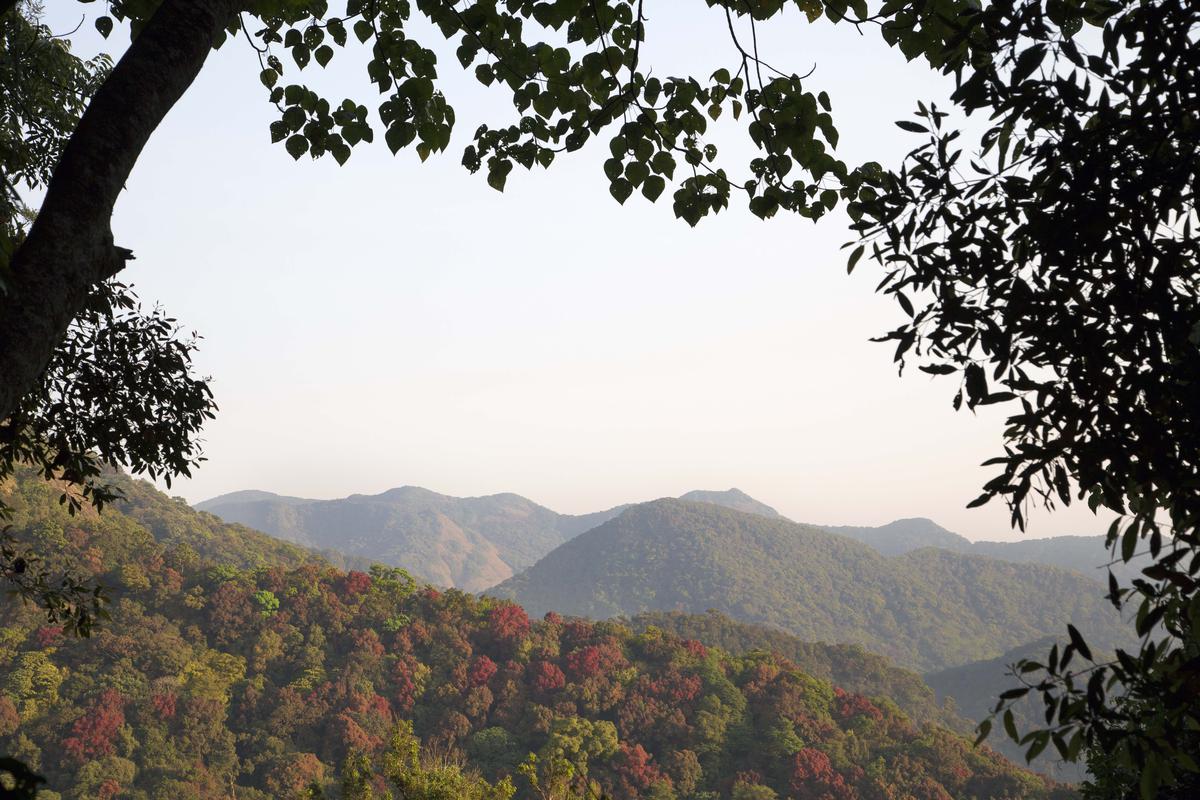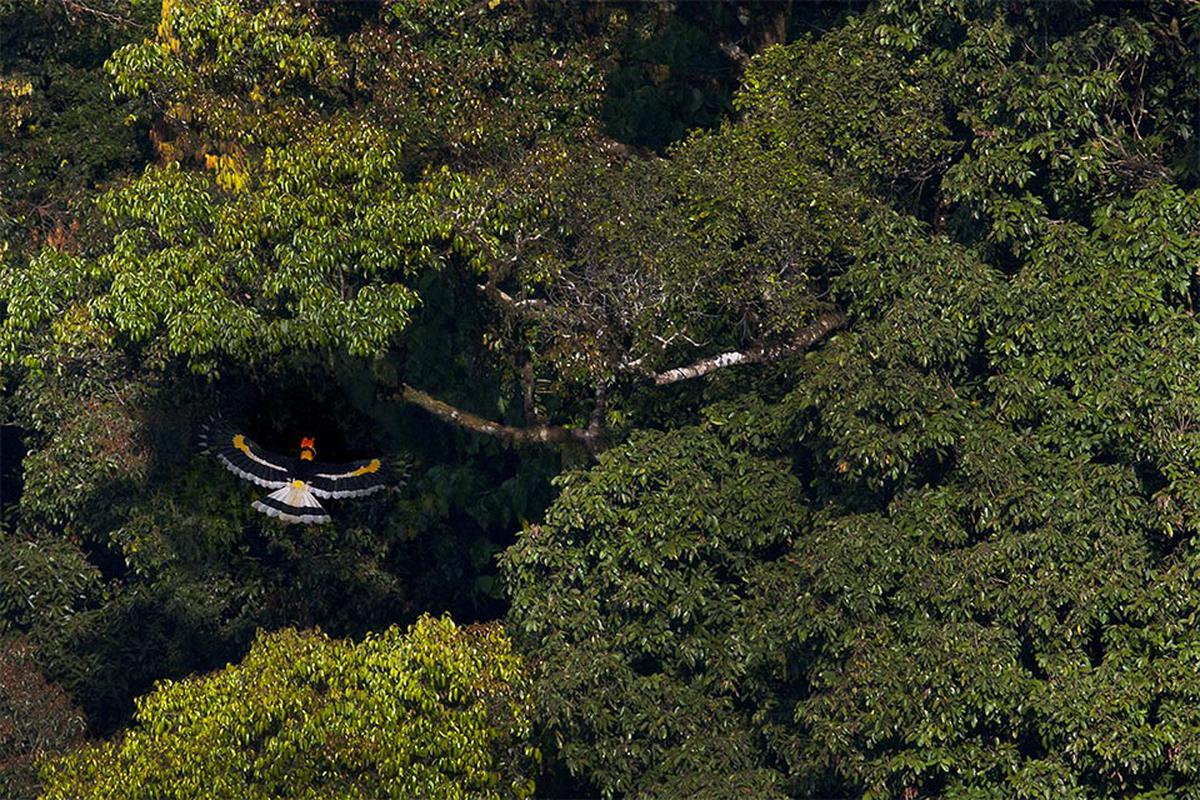When Bengaluru-based serial entrepreneur Nishanth Prasnan moved to Kodagu with his family in 2016, it was to escape the hustle and bustle of the city.
In his own words, Mr. Prasannan, by then an urban dweller, developed quite a “romantic” attachment to Kodagu, which was so green and hazy. This went on for about two years. The heavy rains and landslides that ravaged Kodagu in 2018 woke them up to reality with a jolt.

Abhishek Jain, Co-Founder, Mycelium
oblique concept
“The year 2018 made me realize that not everything green is beautiful,” says Mr. Prasanna. Last year when India’s State of Forest Report (ISFR) 2021 came out, environmentalists and conservation experts pointed out how the report counted plantations as forests, which was misleading. “Forest cover is a heterogeneous concept. Our landscape has been abused for years, and the abuse is not visible because it is all green.
Mr. Prasnan, along with Abhishek Jain, a naturalist from Kodagu, began investigating ways to monetize the land without exploiting it. This led to the birth of Mycelium, a Bengaluru-based start-up that aims to buy private land outside protected forests and conserve or restore these spaces.
“We are not buying land for real estate purposes. Our idea is to see the rapidly decreasing forests and stop that decrease. Vinod Chandramouli, who will join as co-founder in 2022, says, “We are seeing private land adjacent to forests or corridors that are prone to conflicts and then taking them off the market.

Nishant Prasannan, Co-Founder, Mycelium
collective protection
Mycelium takes help from people who care for the cause and invest money in it. They form a “collective”. The money is used to buy land and develop housing. “The collective members do not get pieces of land, but equity in the company,” explains Mr. Chandramouli.
The start-up aims to conserve 10,000 acres of the Western Ghats by 2035 and is currently finalizing the registration of its first property, 70 acres of land near Pushpagiri. Named Dancing Frog Habitat, it has four collective members so far.
According to the founders, 80 percent of the land will be preserved as pristine forest, while the remaining 20 percent will have facilities enabling coexistence of humans with nature. The team is looking at revenue models such as creating forest experiences for communities, interpretation centres, organizing treks and marketing forest produce. Private forests will also be open for research purposes.
“The idea is not to attract urban dwellers to come and take selfies, but to create a story that inspires them. Buying organic honey is cool today, but can we turn the story of buying honey into adopting a beehive? That is what we are trying to do,” says Mr. Chandramouli.
The Mycelium team is building an advisory group that will guide the team and create a playbook that the founders hope will enable more people to replicate it in other parts of the country. The founders say that the implementation on the ground will happen with the help of the local community.

Mycelium co-founder Vinod Chandramouli
Not a new concept in India
Private forests are not an entirely new concept in India. In the 90s, a group of nature lovers came together to develop Vanwadi, about 90 km from Mumbai. In 2021, Bengaluru-based entrepreneur Suresh Kumar, with the help of environmentalist Akhilesh Chipley, converted 21 acres of barren land in Sagar into a forest.
There are also many takers of forests inspired by the Miyawaki method in different parts of the country. Private forests made headlines in 2017 when Bollywood celebrities Saif Ali Khan and Kareena Kapoor gifted a forest to their son Taimur Ali Khan on his first birthday.
The founders of Mycelium try to combine the concept with their entrepreneurial abilities, create systems in the process of conservation and make it financially sustainable. “We are exploring whether there are ways to create a beneficial conservation narrative,” says Mr. Chandramouli.

According to the founders, 80 percent of the land will be preserved as pristine forest, while the remaining 20 percent will have facilities enabling coexistence of humans with nature. , photo credit: Abhishek Jain
prior proposal of the government
In 2018, the Karnataka government proposed the Karnataka Private Conservation Rules-2018, which encouraged private conservation land adjacent to national parks and wildlife preserves. The policy was strongly opposed by environmentalists and conservationists, who feared that it would encroach on protected forest areas, violate eco-sensitive zone regulations, and increase man-animal conflict. The growing efforts of greenwashing by corporates are also making experts skeptical about for-profit conservation initiatives.
“Whether it is private or government-owned land, if the forces are strong enough to change land use, land use in India certainly changes. From a bird’s eye view, such initiatives come with many potential risks. It comes because many elements are out of the control of good investors. What are these private forests near? Are there human settlements? What if potentially dangerous animals start coming into these lands? Will this lead to human-animal conflict? Then who is responsible? These are all issues that need to be considered,” says Ravi Chellam, Coordinator, Biodiversity Associate and CEO, Metastring Foundation.

He says it is important for such initiatives to invest in and empower local communities and not evict them from their lands and limit their access to these lands and the forest resources they provide. Do not do “There are also concerns about justice and ethics on a wider scale because such efforts in some sense result in the consolidation of wealth by the wealthy.”
Nityananda Jayaraman, an environmental activist, echoes similar concerns. “Given that the market is one cause of the crisis, trying to re-solve it using the market is a concern. Even if your aim is conservation, the idea is essentially profit. Here’s a There is ecological and social crisis both of which are interlinked. Such initiatives marginally address the ecological issue but do not address the social issue.”

The start-up aims to preserve 10,000 acres of the Western Ghats by 2035. , photo credit: Abhishek Jain
no financial institution funding
Mycelium’s founders, however, think differently and emphasize that the initiative will enable local people to engage with them and tap their knowledge. “We are really choosy about the kind of funds we are using,” says Prasanna. We are very sure that we will not take financial institutional funding. If someone gives money and says they want ‘X’ per cent return, there is no investment in it.
Mr. Chandramouli says, “If we allow this land to become a coffee estate, it will have a big impact on the Pushpagiri area, if you take it off the market. Any collective member who comes is a heavy gatekeeper. We tell them from day one that this is not a real estate team and land appreciation should not be expected to go from ‘x’ to ‘y’. Nor is the money going to come in the form of interest. These 70 acres are for the next 100 to 300 years.”